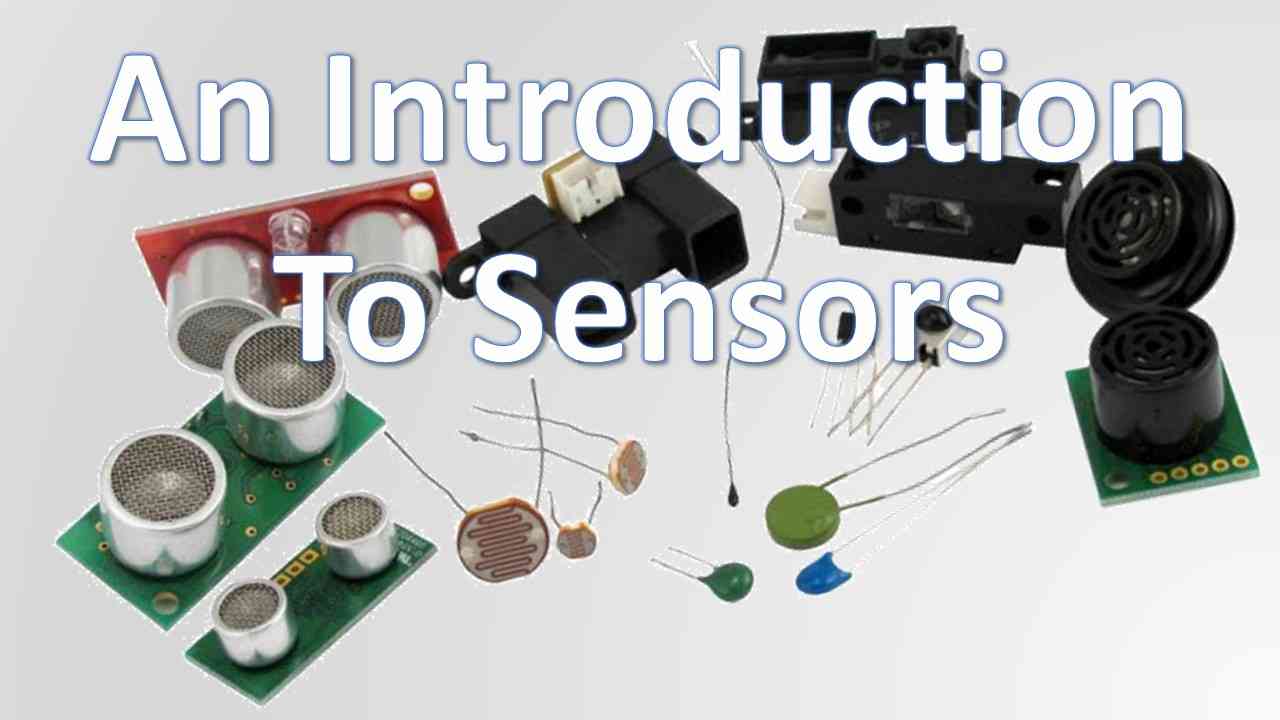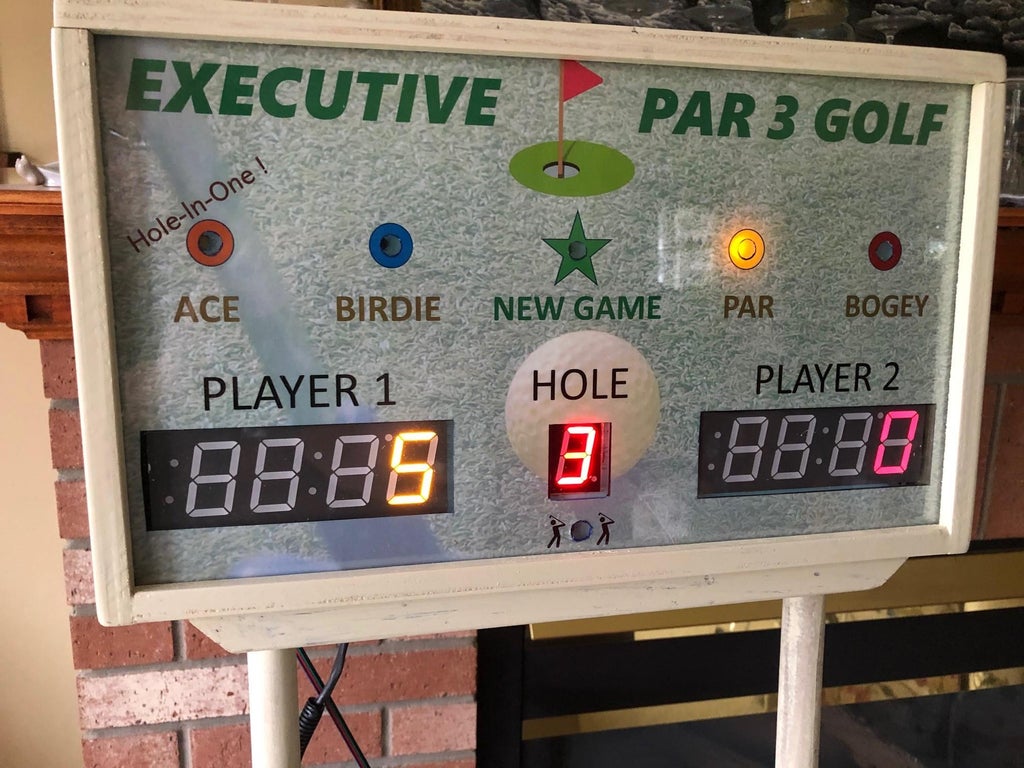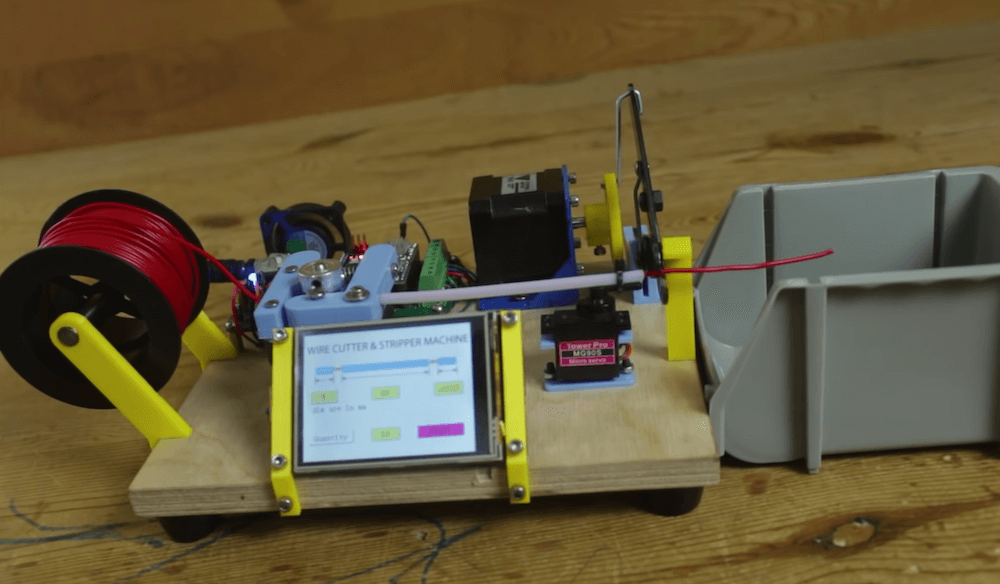In video #147 I said, that the Arduino IDE can only use one Serial connection of the three available on the ESP32. A viewer told me, that this is wrong and pointed me to the right direction. And then, I even found a third, “secret” Serial connection.
Electronics
Intro to Common Sensors You’ll Use in Your Projects
In the land of electronics, there are many different types of sensors.
If you start dabbling in electronics, it won’t be long before you end up needing/wanting to measure some sort of quantity like temperature, speed, light level, distance, sound, humidity etc.
This is especially true if you work with Arduino, RPi, PICs, or any sort of platform or microcontroller.
These days, there are many different electronic sensors to choose from. Given the pace at which technology advances and the myriad of sensors available, those new to electronics often find themselves confused about sensors and how to apply them.

10 ways to destroy an Arduino – I did all 10 at once
I destroyed an Arduino so you don’t. Learn 10 things NOT to do with your Arduino.
Skee-ball-like indoor golf game gets an automatic scoring system
After making an indoor Executive Par 3 golf game with a ramp and cups like a skee-ball machine, creator “gcal1979” decided to add an automatic scoring system to the rig.
What he came up with uses infrared break beam sensors for each of the three holes, feeding info to an Arduino Mega. Stats are shown on an electronic scoreboard behind the play area, with a seven-segment display for the hole number, as well as two four-digit units for player scores.

How microwave body detectors work. With RF section schematic.
When I first took a microwave triggered lamp apart in a video I joked about the hidden chip being a standard PIR body sensor chip – and was then aghast to find that it WAS. Which meant that all the microwave signal generation and movement detection was being done by a single transistor and some cunningly designed PCB tracks.
I’ll openly admit that microwave circuitry is such a specialist area where the only people who truly understand it are those who work with that type of circuitry all the time. It’s not just a specialist area of electronics, but a specialist subsection of RF design where simple things like tracks stop behaving like conventional conductors.
DIY Wire cutting and stripper Machine | Arduino project
Hi guys in this video I have made a automatic wire cutter and stripper machine, I have used a nextion 2.8″ HMI for user interface from it you can enter the desire length of cuts for wire.
Making an INFINITE LIBRARY in my BOOKSHELF!!
In this project we create a miniture diorama in the form of a book nook! We use several techniques, as infinity mirrors and peppers ghost to create the feeling of an infinite library inside our bookshelf!
Inside the SuperStryfe
Joseph Murphy opens up the SuperStryfe to show you the insides and explain how it works.
Arduino-based machine makes cutting and stripping wires easy
If you need to strip a wire or two, that’s easy enough. However, what if you need tens or hundreds of wires stripped to the exact same length? Such a task would quickly become tedious, but with Mr Innovative’s Arduino Nano-based machine all you have to do it pop in a few numbers and it takes care of the rest!
The automated device uses a 3D printer-like stepper mechanism to feed wire though a flexible length of tubing, which comes out on the other side positioned under a wire stripper. A servo is employed to aim the tubing and wire at either the cutting or stripping portion of the tool, which clamps down via a stepper and linkage setup. User interface consists of a 2.8″ touchscreen, allowing one to define the wire and stripped lengths, as well as how many individual wires are required.

Inside a cheap set of eBay digital calipers
For such a lightweight plastic measuring device, the resolution of 0.1mm or 0.01″ and repeatability is quite astonishing. Whilst not being suited to a professional machinist, these units are ideal for ordinary measurements, including designing 3D printed components.
It should be noted that the quiescent current of these devices is around 18uA, even when off (the display goes off until movement is detected). Some users are reporting a very short battery life, but a typical 100mAh (0.1Ah) button cell should be able to supply 0.00002A for a very long time. (Theoretically 100’s of days.)
